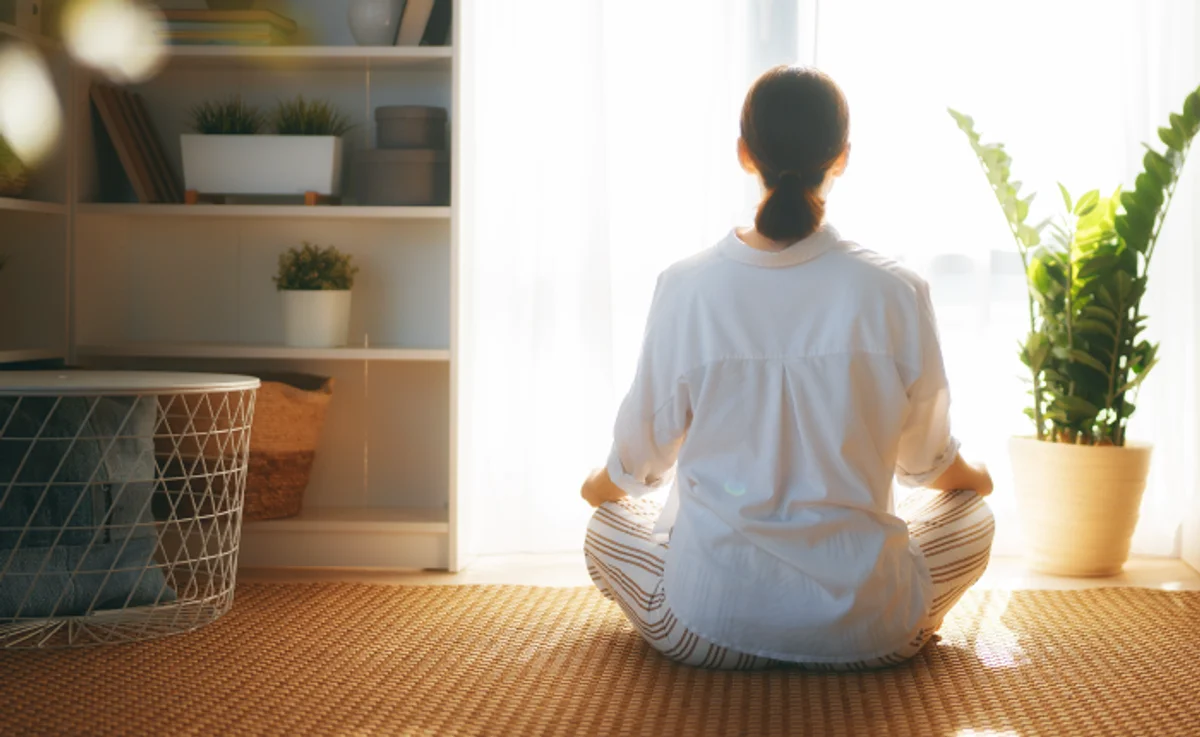- Home
- Blog
- Health & Nutrition
Causes and Solutions for Indoor Air Pollution
Health & Nutrition
Causes and Solutions for Indoor Air Pollution
By - 26 December 2022, Updated on -28 December 2022
Share this article
0
0 like

One of the basic requirements of life is clean air. The quality of air inside homes, offices, schools, day-care centers, public buildings, healthcare facilities, and other private and public buildings where people spend a significant amount of their time is an important determinant of healthy living and well-being.
While pollutants typically found in indoor air have a variety of negative effects, it is unclear what concentrations or durations of exposure are required to cause specific health problems. Your child may respond differently to indoor air pollution while there is a possibility that you might not be affected by the air quality in your house.
How is that possible? Let’s find out.
What is indoor air pollution?
Indoor air pollution is caused by the use of inefficient and polluting fuels and technologies in and around the home, which emit a variety of health-harming pollutants, such as tiny particles that enter the blood after penetrating deep into the lungs. Fine particle levels in indoor smoke can be 100 times higher than acceptable in poorly ventilated dwellings.
According to the WHO, pollution of indoor air seems to be the "world's largest single environmental health risk."
Indoor Air Quality Index (IAQI): Why do we need to worry about it?
Indoor Air Quality (IAQ) refers to the quality of air inside and around structures and buildings, particularly as it relates to the health and comfort of building occupants. If we understand and control the common indoor Understanding and controlling common indoor pollutants can help us reduce our risk of indoor health issues.
Indoor combustion of solid fuels causes approximately 1.5 million deaths worldwide each year, the majority of which are among women and children in developing countries.
How can we improve the air quality in our houses?
- Good ventilation - The most basic way for people to limit their exposure to poor-quality indoor air is to open their windows, however, ventilation systems can also be used to clean the air. Adequate ventilation should be prioritized during house construction, for poorly ventilated dwellings, measures like a window just above cooking stove and cross ventilation through doors should be implemented.
- Changes in habits - Changes in behavior and habits include how the stove is used and how much time individuals spend in various micro-environments in and around the home.
- Keeping the home environment dry - Hundreds of bacteria and fungi species grow indoors in damp conditions, emitting spores, cell fragments, and chemicals into the air. The presence or worsening of respiratory symptoms, allergies, asthma, and immunological reactions has been linked to exposure to these contaminants.
- Stove design - Traditional smoky and leaky cooking stoves should be replaced with ones that are fuel efficient, smokeless, and have an exit.
- Apollo Life Air Sanitizer - By using the Apollo Life Air Sanitizer, you can combat bacterial odors in the air. By removing germs and bad-smelling molecules in the air, this Air Sanitizer puts a fresh fragrance in the air and protects against illness-causing germs, bacteria, and viruses. Combats germs in the air. It shields your family from bacteria and viruses that cause illness.
- High-efficiency particulate air (HEPA) filters - HEPA filters, which effectively remove pollutants such as Mould spores, dust mites, pet dander, as well as tobacco smoke, can help to reduce indoor pollution. HEPA filters, in fact, remove 99.97% of airborne particles 0.3 microns or bigger from the air that passes through them.
- The filters can be used in a variety of applications, including vacuums, air purifiers, and heating and cooling systems.
- Green cleaners - Numerous conventional cleaning products incorporate hazardous chemicals that pollute indoor air. Choose green cleaners made with natural ingredients such as white vinegar, borax, citrus fruit, baking soda and essential oils to avoid this. These natural ingredients are non-toxic and effective at cleaning surfaces as well as removing dirt, dust, and grime.
- Indoor plants - NASA conducted a clean air study in 1989 and discovered that certain indoor plants were extremely efficient in removing a wide range of pollutants from the air. English ivy, pathos plants, peace lily plants, bamboo palm plants and a few others are examples.
- Air purifiers - An air purifier can protect you from indoor air pollution by removing pollutants such as dust, pollen, Mould spores, and pet dander. They are also capable of removing VOCs, carbon monoxide, and other hazardous chemicals.
For now, the above steps can be taken to limit indoor air pollution.
Services
Health & Nutrition
Leave Comment
Services
Recommended for you

Health & Nutrition
The ins and outs of weight management
Don’t exercise to merely lose weight! Instead, know the richness and importance of weight management with us. Do it the right way and you’re all set to live a healthy and joyful life. #Weightmanagement #Weightloss #Healthydiet #ApolloPharmacy

Health & Nutrition
Can Poor Dental Health Cause Heart Problems?
Some harmful bacteria in the mouth can enter the bloodstream through infected gums and reach the heart to cause damage. Various studies have shown the link between heart problems and poor oral hygiene.

Health & Nutrition
Do You Have Enough Protein In Your Diet?
Protein is a macronutrient that is required for the development of muscles, skin, enzymes, hormones, and almost every tissue in the body. Protein deficiency occurs when the diet fails to meet the daily protein requirement of the body.
Subscribe
Sign up for our free Health Library Daily Newsletter
Get doctor-approved health tips, news, and more.

